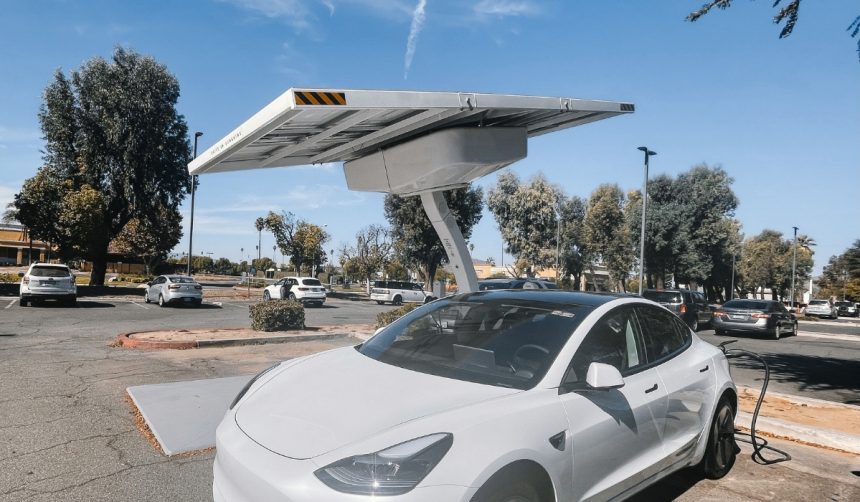Tesla has moved a step closer to expanding its Robotaxi service across the United States, as vehicles equipped with self-driving technology and validation sensors were recently observed in Enola, Pennsylvania. The appearance of Tesla Robotaxi prototypes in this region suggests strategic positioning near the state capital, presenting fresh implications for both regulatory oversight and regional acceptance. With existing tests ongoing in Austin and California, the company’s ambition to broaden services to states like Nevada, Arizona, and Florida has been made clear in prior communications, yet Pennsylvania had not figured into Tesla’s recent expansion announcements. The latest sighting highlights the company’s effort to cover a broader geographic reach, potentially aligning with legislative discussions surrounding autonomous vehicle operations. This move follows a wave of autonomous vehicle pilots that have sparked debate over safety requirements in previous years.
How does this Pennsylvania sighting differ from earlier Robotaxi tests?
Unlike ongoing pilot programs in urban centers such as Austin and the San Francisco Bay Area, where oversight ranges from an empty driver’s seat (Austin freeway routes) to a Safety Monitor present at all times (California), the vehicles in Pennsylvania were spotted without a publicized operational protocol. They were seen at a Supercharger location alongside Interstate 81, indicating that the test area may include suburban or inter-city corridors rather than dense urban streets.
Could Tesla be targeting lawmakers with these tests?
Positioning the Robotaxi mules so close to Harrisburg could be intended to catch the attention of Pennsylvania legislators. State law, particularly Act 130 of 2022, allows for driverless vehicle testing, but mandates permits for any autonomous ride-hailing operations. The move may encourage dialogue around regulatory updates or facilitate necessary permissions for expanded testing. Tesla commented,
“We are always evaluating new markets for the Robotaxi program as technology and regulations evolve,”
underscoring its approach to regional deployment.
What are the regulatory implications for Tesla in the state?
Pennsylvania’s regulations, overseen by PennDOT, present both opportunities and challenges for Tesla’s long-term deployment strategy. Any company aiming to operate autonomous ride-hailing services in the state must acquire formal approval. With the vehicles’ presence noted so close to the state capital, and with the current legal structure permitting pilot activities, observers suggest that Tesla could be mapping out compliance strategies. Tesla also stated,
“Our work with state authorities ensures safety and compliance as we develop autonomous services,”
indicating engagement with local frameworks.
Unlike previous reports limited to metropolitan trial zones, this recent sighting in a more suburban and strategically significant region opens fresh avenues for both legislative engagement and communities less accustomed to self-driving technology. Prior sightings of Tesla Robotaxis featured more publicized trial details and stricter controls, while the Pennsylvania appearance is less defined, prompting speculation as to whether routes serve more as demonstrations than operational tests. This contrasts with earlier efforts where public awareness and regulatory alignment were more pronounced themes.
The development of autonomous ride-hailing services such as Tesla’s Robotaxi continues to spark regulatory, technological, and social discussions. Pennsylvania’s central location and legislative presence may prompt new considerations for permitting autonomous operations throughout the state. While the testing restrictions and permit requirements add complexity, they can also help guide safe adoption of new mobility services for residents. For observers interested in the growing reach of self-driving vehicles, monitoring how quickly and smoothly companies like Tesla can expand into varied regions will provide insight into the trajectory of autonomous mobility and regional policy responsiveness.










